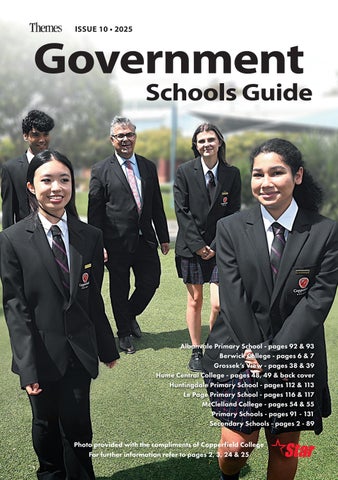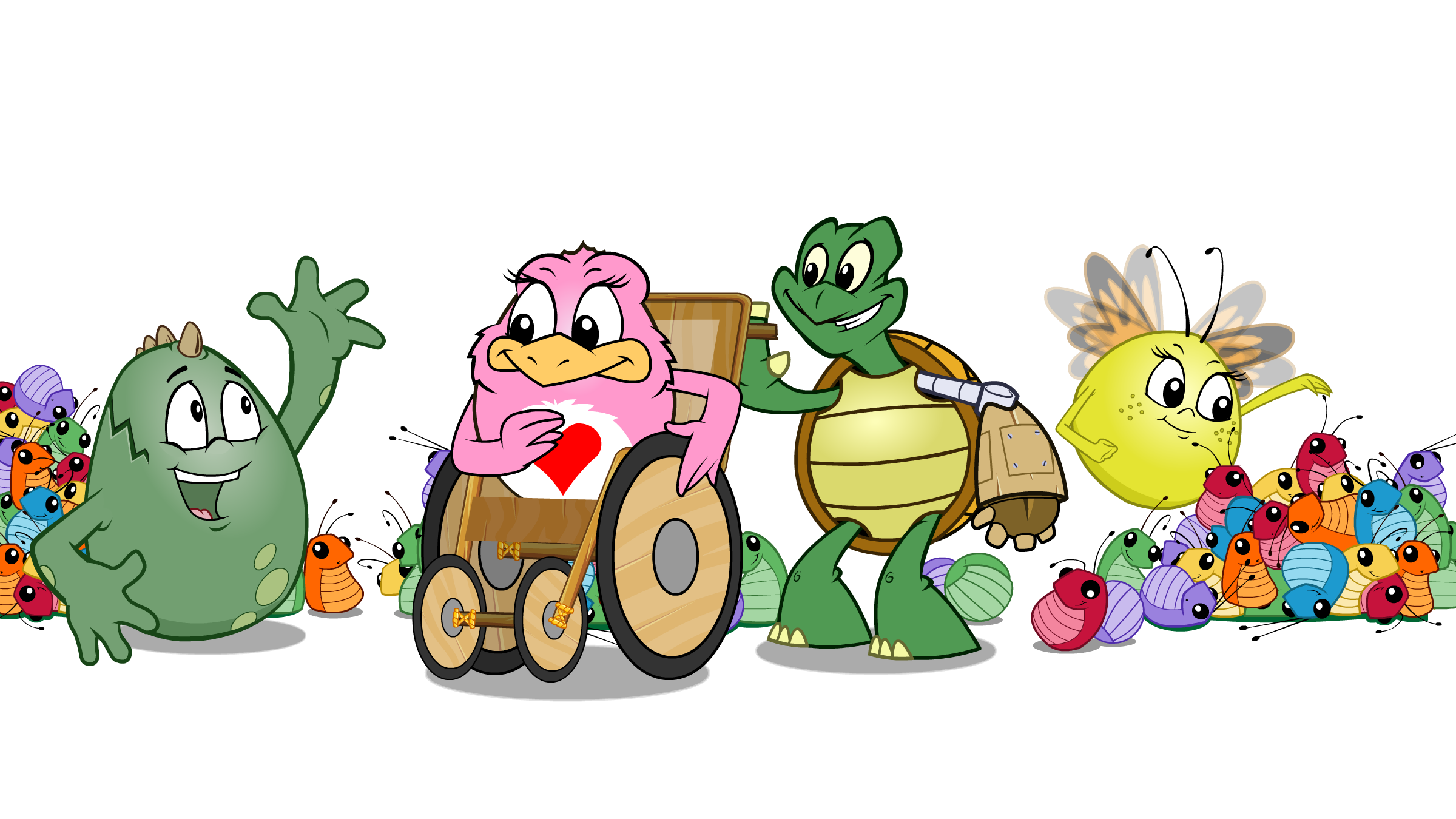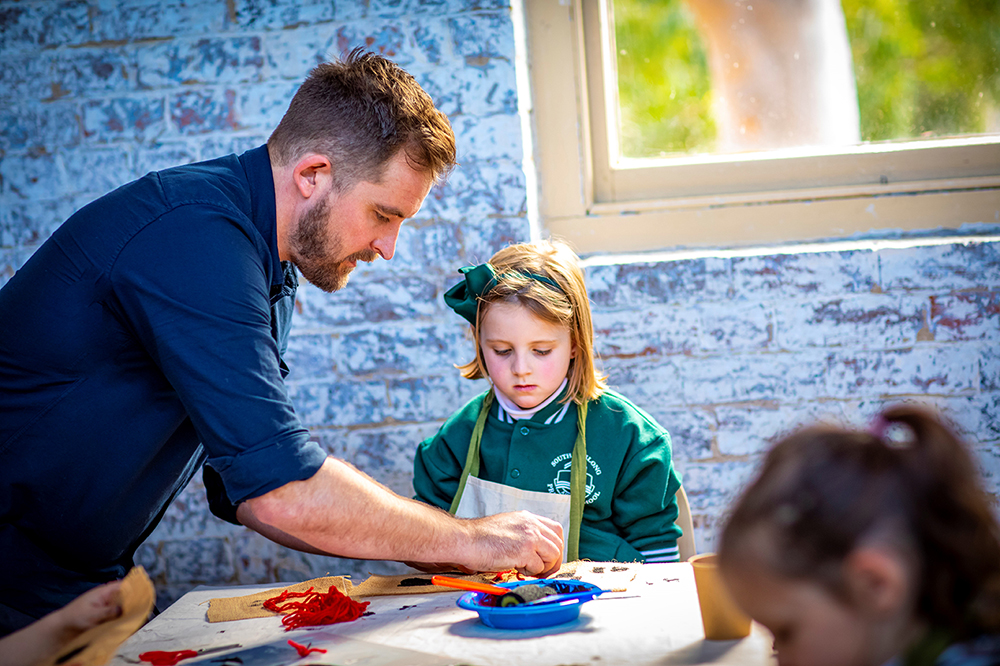Bullying is a serious issue for everyone in a school community. It can happen anywhere, anytime, and can have devastating consequences. Any child can be bullied. That is why Bully Stoppers calls on all Victorians to make a stand and lend a hand to prevent and respond to bullying behaviour.
Bully Stoppers supports students, parents, teachers and principals in working together to make sure schools are safe and supportive places, where everyone is empowered to help reduce the incidence of bullying in all Victorian schools.
Changes in mood, behaviour and physical appearance can all be warning signs of being bullied, however, some students may not display any warning signs at all.
Warning signs at school
If a student is being bullied at school they may:
• become aggressive and unreasonable
• start to get into fights
• refuse to talk about what is wrong
• have unexplained bruises, cuts, scratches, particularly those appearing after recess or lunch
• have missing or damaged belongings or clothes
• have falling school grades
• be alone often or excluded from friendship groups at school
• show a change in their ability or willingness to speak up in class
• appear insecure or frightened
• be a frequent target for teasing, mimicking or ridicule.
Warning signs at home
A parent may observe changes in their child’s behaviour at home which they can report to the school. Their child may:
• have trouble getting out of bed
• not want to go to school
• change their method or route to school or become frightened of walking to school
• change their sleeping or eating patterns
• have frequent tears, anger, mood swings and anxiety
• have unexplained bruises, cuts and scratches
• have stomach aches or unexplained pain
• have missing or damaged belongings or clothes
• ask for extra pocket money or food
• arrive home hungry
• show an unwillingness to discuss, or secrecy about, their online communication.
It might not be bullying
Some changes in behaviour may also be a result of other student issues such as depression or substance abuse, which may require a different response.
Whether it involves bullying or other student issues, schools can help out for example by involving student wellbeing staff.
More information
If you are a student who is being bullied, search: I’m Being Bullied.
If you are a parent whose child is being bullied, search: My Child is Being Bullied.
These can be found on www.education.vic.gov.au
Cyberbullying
Cyberbullying can be pervasive and incessant. Parents should be aware of what they can do to help.
What is ‘cyberbullying’?
Cyberbullying is bullying behaviour, using digital technology, including the internet, email or mobile phones.
Like any bullying, cyberbullying often occurs between people that know each other–students at a school, members of a sporting club, people from the same social circle, ‘friends of a friend’.
Cyberbullying is pervasive and incessant. It differs from face-to-face bullying in that the bully can ‘follow’ their victim 24/7, and continue the bullying in the home.
Cyberbullies may take advantage of the perception of anonymity (e.g. using an account in a fake name, or a blocked number) but in many cases it is clear who is behind the bullying.
Cyberbullying can be particularly harmful as it is often a public form of humiliation and many others are able to see what is written or posted. Once something is published online, it is difficult if not impossible to remove all traces of it.
Forms of cyberbullying
• sending nasty texts, picture messages, emails, or instant messages (e.g. MSN or Facebook)
• repeated prank phone calls
• using a person’s screen name to pretend to be them (setting up a fake account)
• using a person’s password to access their account and then pretending to be them
• forwarding others’ private emails, messages, pictures or videos without permission
• posting mean or nasty comments or pictures on chat or forums
• sending and/or forwarding sexually explicit images (‘sexting’)
• intentionally excluding others from an online group.
Signs your child may be being cyberbullied
Mental anguish is often harder for parents to identify than the signs of face-to-face bullying. There is no definitive list of signs that indicate cyberbullying.
Although there are some things to look out for:
• change in mood, demeanour and/or behaviour: for example being upset, angry, teary or rebellious when not previously
• change in friendship groups: it can be normal to change friends many times during school days. Teachers can often provide insight, as they see class dynamics in action every day
• spending more time with family instead of friends: adolescence is generally a time where friends become very important and parents less so
• lowering of marks: often students who are being bullied show a distinct change in application to studies and a lowering of marks
• not wanting to go to places: a dramatic change in enthusiasm for going to school or sport–this can manifest as non-specific ailments (headaches, stomachaches, generally ‘feeling sick’)
• being extra secretive in online activities: being online under the doona, or in a ‘secluded’ part of the house
• distinct change in online behaviours: being ‘jumpy’ when text messages arrive, not leaving their phone alone, wanting to be online all the time, or never wanting to be online.
Aren’t these things normal?
Many of these behaviours may have different causes or may just be stages of your child’s development. In general, it is important to keep an eye on your child’s behaviour patterns and if you feel something is amiss, be aware that things may not be OK in their world (either on or offline), and be there for them. Ask:
“Are you ok? Has something happened that is bothering you? Do you want to talk?”
If you are still concerned then enlist the help of your school welfare staff, GP, a counsellor or adolescent psychologist.
What can I do if my child is cyberbullied?
Praise them for coming to you.
This is a big step as many young people may be frightened to tell a parent about cyberbullying. Even if you don’t really understand, let them know that you will help them.
Do not be angry with your child
Remember that they are the victim and it is someone else who is doing the wrong thing. Do not threaten to take technology away from them because of what someone else has done.
Do not respond to the bullying
It is important not to respond to nasty emails, chats, SMS or comments. This is usually what the bully wants, so ignore them. It is natural in many cases to want to ‘fight back’, but responding with a threat may get your child into trouble as well.
Inform your child’s school
It is important that the school knows what is going on so they can provide support and monitor any issues that may spill on to the playground or classroom. If the bully is a student from the same school, the school will work through the situation as they would with any other bullying behaviours reported to them.
Save and store the content
Keep copies of emails, chat logs, text messages, comments or posts. Take a screen shot of
the evidence non-technical way to get hard copies is to bring the content up on the screen of a mobile phone and use a photocopier to take a copy of the screen.
Help your child to block and delete the bully from all contact lists
Most social networking sites allow the user to control who has access to communicate with them. Many people feel ‘mean’ blocking another person, even if that person has already been mean to them–you may want to sit and support your child as they do this.
Use the ‘report abuse’ button
Most social networking sites have a method to let the site administrators know that a particular user is behaving unacceptably. Depending on the rules of the site, users can be warned or banned.
Have some ‘down time’ without technology
It is important for both mental and physical health that your child’s life is balanced–so they are not constantly ‘online’ or spending hours on a mobile phone. This should not be used as punishment, rather as some peaceful time where they are not being bothered.
Get new online accounts and/or a new phone number
There are programs that can be added to a mobile phone which will allow parents to set restrictions on the phone’s use. Check with your mobile phone provider. Technology at the moment does not allow for individual numbers to be blocked in the same way that online applications do. Phone numbers can be changed at no cost, if the request for a new number is as a result of ongoing abuse.
If ongoing, report to police
Most cyberbullying between students can be resolved at school level, but schools may not be able to report cyberbullying between individual students to the police so it can be up to the parent to make a police report.
A police report should not be in place of a school investigation, rather, in addition if required. A police report may be necessary where: despite the best efforts of the school, bullying does not stop; when it is not possible to know who is behind the abuse (e.g. fake accounts/blocked numbers); or when threats have been made to your child’s personal safety.
Each State has laws that prohibit online bullying and stalking. You don’t have to put up with it.
What if my child is the bully?
It often comes as a shock to be told that your child has been bullying another student online. It is important that parents support schools in their handling of the situation. Don’t try and play it down.
Schools have policies and programs to deal with all parties (bully, target and witness), involved in bullying incidents.
Parents have the ability to prevent the vast majority of online bullying. Be involved and aware of what your child is doing online. Once you are aware that your child has bullied someone else online, you can help them understand that their behaviour is both unacceptable and possibly criminal as well.
Steps to take
As a parent you could:
• discuss why it is not acceptable to be nasty or mean online and offline
• let them see there are consequences–don’t bail them out
• acknowledge that they may be feeling guilty or awful about their behaviour and discuss ways they can rectify the situation
• work together to improve the situation by offering an apology to the victim
• talk to them about their actions and try and find out why they behaved in this way
• ask them to imagine they were the victim–how would they feel
• develop a home-based Acceptable Use Agreement–set clear rules and boundaries about their online behaviour and your expectations and consequences for breaching this agreement
• enlist the help of your school welfare staff, GP, a counsellor or adolescent psychologist. Information sourced from www.education.vic.gov.au









